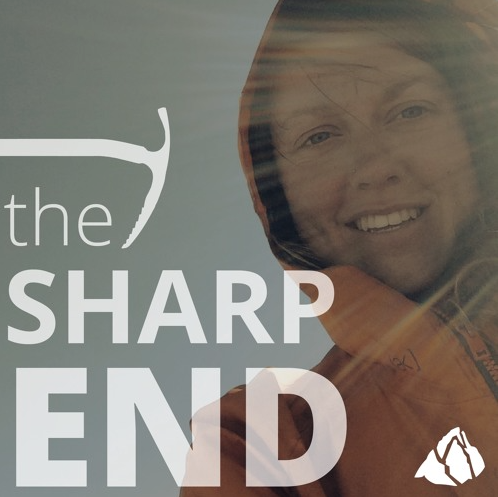Stranded — Frostbite
Alaska, Denali, West Buttress
At approximately 10 a.m. on June 7, I (Jonathan Gopel, 31), Jacob Dong (21), and Heath Himstedt (37) began descending from 17,200-foot camp on the West Buttress. Bad weather and extreme cold played into our decision to descend without a summit. We appeared to be the first party to leave 17,200-foot camp that morning. We descended the ridge to the top of the fixed lines at 16,200 feet as quickly as conditions permitted, as it was windy and very cold and we were looking to get below the cloud layer to find better conditions.
As we reached the top of the fixed lines, we came upon a party of two mountaineers who signaled to us that they needed assistance. We made a brief assessment, and it was clear they were not going to be able to descend the fixed lines without help. At this point, I activated the SOS feature on my Garmin inReach and began trying to communicate with rescuers while Heath, a trained Wilderness First Responder, assessed that one of the distressed mountaineers, Climber 1, was suffering from frostbite in his hands and potentially on his nose. He was nearly hypothermic. The other distressed mountaineer, Climber 2, seemed fine physically, but mentally he seemed somewhat disconnected and potentially suffering from altitude sickness. He required instructions on how to complete basic tasks. We decided our priorities would be keeping Climber 1 as warm as possible, while keeping an eye on Climber 2 while we awaited assistance.
It was taking up to 15 minutes to send or receive each message on the inReach due to the weather and our location. We decided it might be faster to have Jacob descend to 14,200-foot camp and report directly to the rangers. We knew this decision was somewhat risky, as there is some crevasse hazard below the fixed lines. But we decided it was worthwhile since there was a well-established bootpack and we were familiar with the terrain. Additionally, from where we were positioned, we would be able to watch Jacob’s descent.
While we waited for a rescue, we got out sleeping bags and parkas and bundled Heath and Climber 1 together to share warmth. As another party descending from 17,200-foot camp offered help, I saw a team of two climbers below, moving towards the fixed lines. I thought this might be the rangers. Hoping to keep the scene clear, I suggested that the descending party continue going down; they left us with a bivy bag that we used to additionally shelter Climber 1.
After two hours, the wind shifted and we made the difficult decision to move Climber 1 up the hill to a more sheltered area. With an anchored belay, we essentially dragged him to the new location, a few hundred feet away. After approximately an hour, the two climbers I had seen ascending arrived at the top of the fixed lines. They were not the rangers, but one was a retired guide. He took the lead on the rescue.
As a group, we decided to lower Climber 1 down the fixed lines. We had a 60m half rope that we attached to his harness. I lowered Climber 1 down the fixed lines from above while others descended alongside. Getting him down the fixed lines took 60 to 90 minutes. As we were nearing the bottom, the initial ranger response arrived. The rangers took over, and Climber 1 was taken to the medical tent at 14,200-foot camp.
ANALYSIS
I believe my team made good choices throughout this rescue. We were quick to act and constantly reevaluated our decisions to fit the changing circumstances. We were lucky that Climber 1 was already in his harness, as getting him into it would have been difficult.
It would have been wise to have the descending party that left the bivy bag stay with us in case extra help was needed. At the time, we did not recognize that things had the potential to go downhill the way they started to. I don’t think having extra people around a rescue is ever a detriment, as long as the rescue is being managed well and it doesn’t create a bystander effect. We received good feedback from NPS rangers about the incident. (Source: Jonathan Gopel.)

